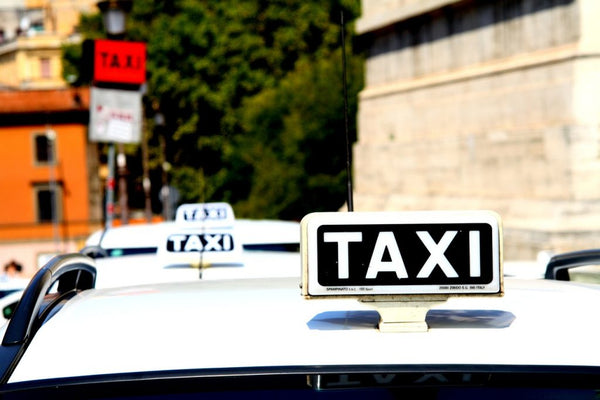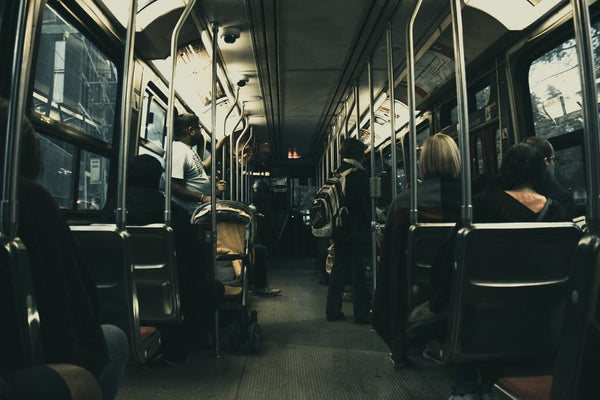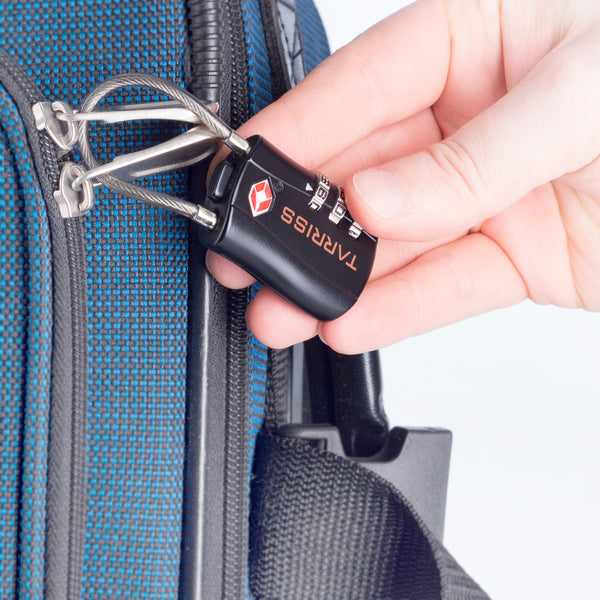How to Travel Safe When Using Ground Transportation – Part 2
It’s almost guaranteed that you’ll take a cab, bus or train, at least once while on vacation. Whether it’s from the airport to the hotel or taking a bus tour while sightseeing. In part 1 of our series on How to Travel Safe When Using Ground Transportation, we covered what to be aware while traveling on ground transportation, in part 2, you’ll discover how to travel safely while taking a taxi, bus or train.
Traveling in a Cab
Cabs are not always a safe option—there are plenty of unlicensed operations that exist. Never hail an unmarked cab off the street; you can’t be sure of what you’re getting. Never use a cab with another passenger in the front seat.
If a cab driver makes you feel uncomfortable, call your significant other or pretend to have one and say, “I’m in the cab, honey. I’ll be home in 15 minutes” so the driver knows that someone is expecting you. If you don’t have a significant other, invent a “husband.” Have a fake husband waiting for you in every hotel, restaurant, and bar in the world.
To increase the odds of being safe in a cab, phone a reputable, well-known, licensed cab company ahead of time if you can. Program the phone number of the cab company into your cell phone. A licensed cab will have a decal on the window or windshield. It will usually have a meter. When your cab arrives, write down the cab’s license plate number, text it to a friend or family member, and promise to call or text when you arrive at your destination.
At the airport, you’ll generally find a professional and regulated cab line or airport shuttle bus. Research these options long before you get to the airport. If someone offers you a cab ride while you’re still inside the airport, say no and head to the cab line.

Don’t accept offers for rides. Head to the taxi line, instead.
Bottom line: if you call a licensed, legitimate cab company, the driver is probably at greater risk than you.
Segregated Travel
To protect women, segregated travel is continuing to grow in many parts of the world. Currently, in the U. S., She Taxis is the only well-known taxi and car service app that caters to the needs of women. Currently available in New York City, She Taxis is looking to expand (the challenge they face is finding enough women drivers).
Beyond America, pink taxis are being driven by women for women in Mexico. Pink-striped subway cars have become an option in Rio De Janeiro. In Tehran, Iran, mini-vans driven by women for women. In India, the female Ministry of Railways has created women-only commuter trains in New Delhi, Chennai, and Calcutta.
Trains and Buses: How to Travel Safe on Them
Trains are a comfortable and pleasant choice, but for some travelers, a bus is the only option. Bus travel and bus depots can be unpleasant and even frightening, so be careful in a depot.
When you travel by bus, choose a well-known and reputable carrier with a long track record of safety. Anyone can open up a bus company, and shady operators can get away with lax maintenance and unqualified drivers.
Unlike the airline industry, the commercial bus industry is not overseen by the U. S. government. Regulations are weak, and bus travel can be risky on a poorly maintained bus. Too many American buses lack up-to-date safety equipment, something the bus industry has been slow to rectify.

Choose a well-known and reputable carrier with a long track record of safety.
Although the U.S. government does not require seat belts in buses, the Greyhound line equips its coaches with seat belts, which will hopefully influence other carriers.
Treat yourself to a first-class ticket. You’ll have not only more comfortable seats, but the bus itself may be more mechanically sound. Also, first-class buses generally use two drivers who take turns behind the wheel.
Where to sit. In the case of an accident, the middle is generally safer since most accidents involve head-on collisions or rear-ending. However, if you’re alone, you might feel safer sitting near the driver.
Choose a seat where you feel most comfortable. You might sit next to a woman or teen if you’re a female traveler. When you buy your ticket, state your preference if seats are assigned ahead of time.
Know the schedule of the bus or train, especially if you’ll be traveling late at night. You may miss the last bus or train. Don’t get caught stranded on a deserted platform or bus stop.
Catch your bus or train from somewhere well lit. You may decrease the chances of being targeted for crime.
Is the route itself safe? Check local travel advisories, and research crime statistics for the bus route. If the route passes through areas where robberies and accidents are common at night, you might decide to take a bus that travels during the day.
Keep your luggage and other valuables by your side at all times. Don’t place your day pack under your seat or overhead. Place it in your lap or get a cable lock so you can attach the luggage to something that can’t be moved.
Decline if someone offers to help you carry or stow your luggage on ground transit. The person might grab the luggage, hand it to a runner, and take off.
Use a luggage lock. An alarming number of people think nothing of dragging around their half-open luggage through airports, bus depots, and train stations.

Secure your valuables with locks.
Make life inconvenient for a thief.
Wear an RFID neck stash or money belt underneath your clothing to keep your items safe. Spread your valuables around on your person. Scatter things in zipped pockets, bra stashes or hidden compartments in clothing.
Avoid overnight buses and trains, if possible. You’ll be sleeping at some point and more vulnerable.
When you leave the bus depot or train station, arrange transportation to your destination ahead of time if you can. Don’t walk to your hotel or home in the dark.
In the 3rd part of this 3 part series, we’ll finish off with how to stay safe in your hotel.
Written by Katie Anton
Need Help?
customercare@tarriss.com


